Caspian Hyrcanian Mixed Forests
The ecoregion’s land area is provided in units of 1,000 hectares. The conservation target is the Global Safety Net (GSN1) area for the given ecoregion. The protection level indicates the percentage of the GSN goal that is currently protected on a scale of 0-10. N/A means data is not available at this time.
Bioregion: South Caspian Coastal & Mountain Mixed Forests (PA28)
Realm: Central Eurasia
Ecoregion Size (1000 ha):
5,523
Ecoregion ID:
649
Conservation Target:
30%
Protection Level:
4
States: Iran, Azerbaijan
Nestled between the Caspian Sea and the Elburz mountains, these lush, mountainous forests are a haven for rare and endangered species. With a name derived from ‘Wolf’s Land’, the Hyrcanian forests are home to wolves, brown bears, golden jackals, and elusive Persian leopards. Moreover, this ecoregion can be considered the mother of European forests, as after the Pleistocene glaciations, many plants dispersed across the continent from this important refuge.
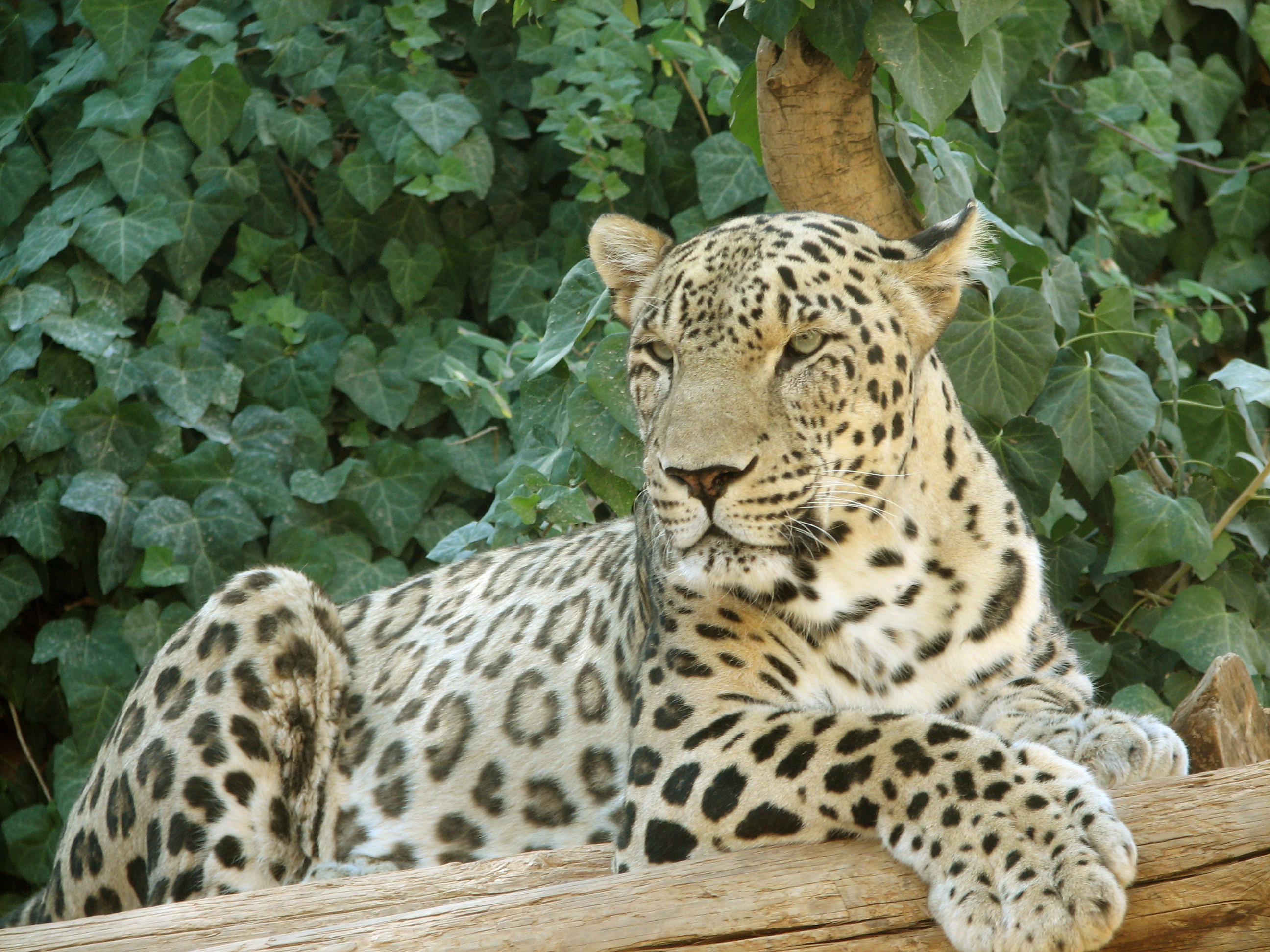
The flagship species of the Caspian Hyrcanian Mixed Forests ecoregion is the Persian leopard. Image credit: Tamar Assaf, Creative Commons
The vast majority of the ecoregion lies in Northwest Iran, while part of it covers the Lenkoran lowlands and Talysh Mountains of Southeast Azerbaijan. Coastal plains hosting lagoons, swamps, and salt marshes yield to great swathes of forest that climb the northern slopes of the Elburz Mountains. This continuous 800 km belt of deciduous trees hosts endemic species such as chestnut-leaved oak, Persian silk tree, Caspian locust, and Persian ironwood. The peculiar semi-subtropical climate with high humidity favours productivity. Adorned with epiphytes, trees in this region grow much larger than they would elsewhere in Europe.
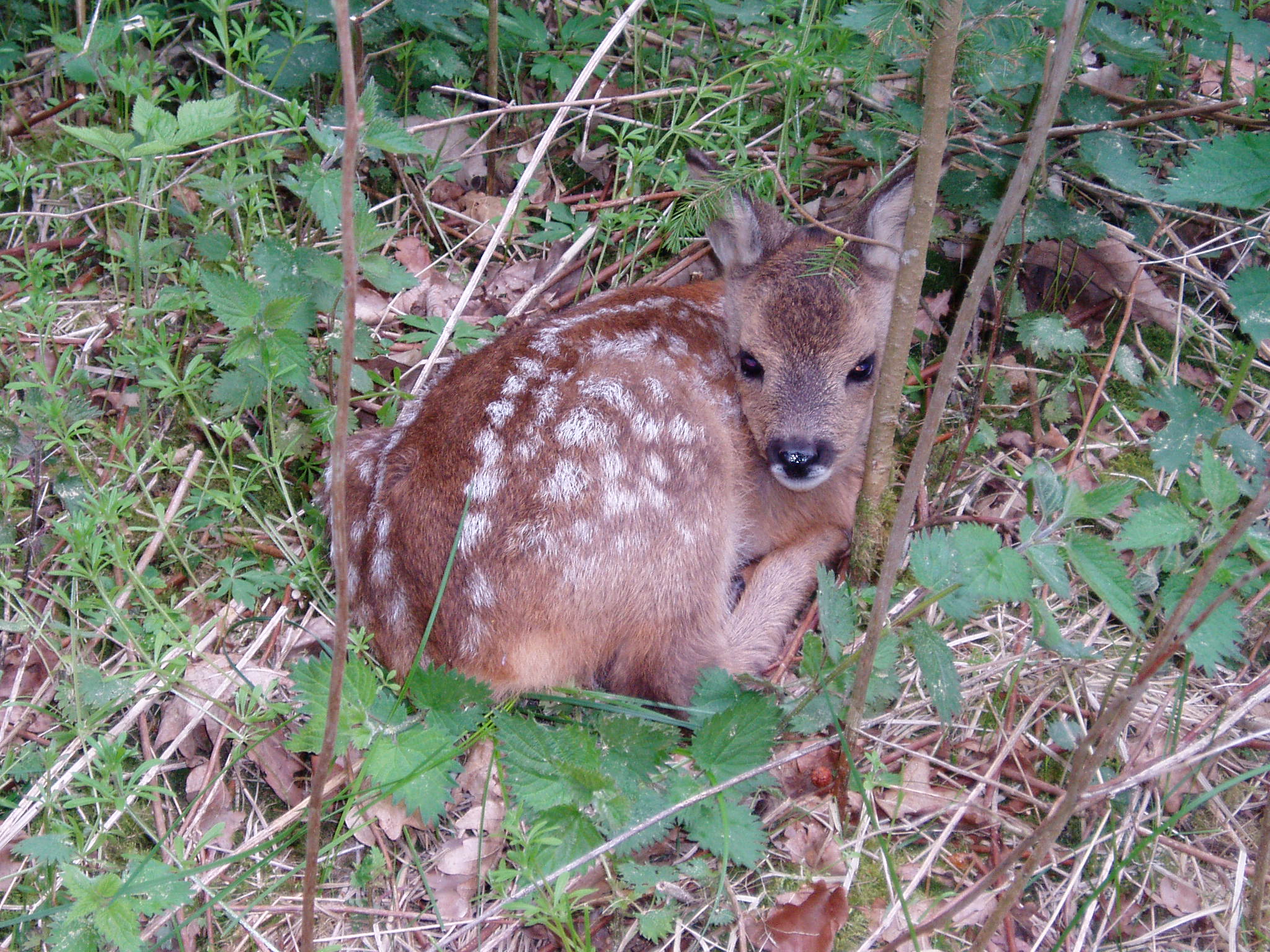
Roe deer. Image credit: Jan Bo Kristensen, Creative Commons
The Hyrcanian forests are one of the world’s most important habitats for the endangered Persian leopard, and 20 individuals are thought to inhabit Golestan National Park. These revered predators depend on the forest’s native ungulates: wild pig, roe deer, red deer, and wild goat. The woodlands are home to an abundance of unique life; Steiner’s lacerta, cave salamander, and the Hirkan field mouse are all endemic animals. Caucasian zelkova and Caucasian wingnut are examples of post-glacial relict trees: though glaciations eradicated these species across much of their former ranges, these forests offered a sanctuary where small populations have survived to this day.
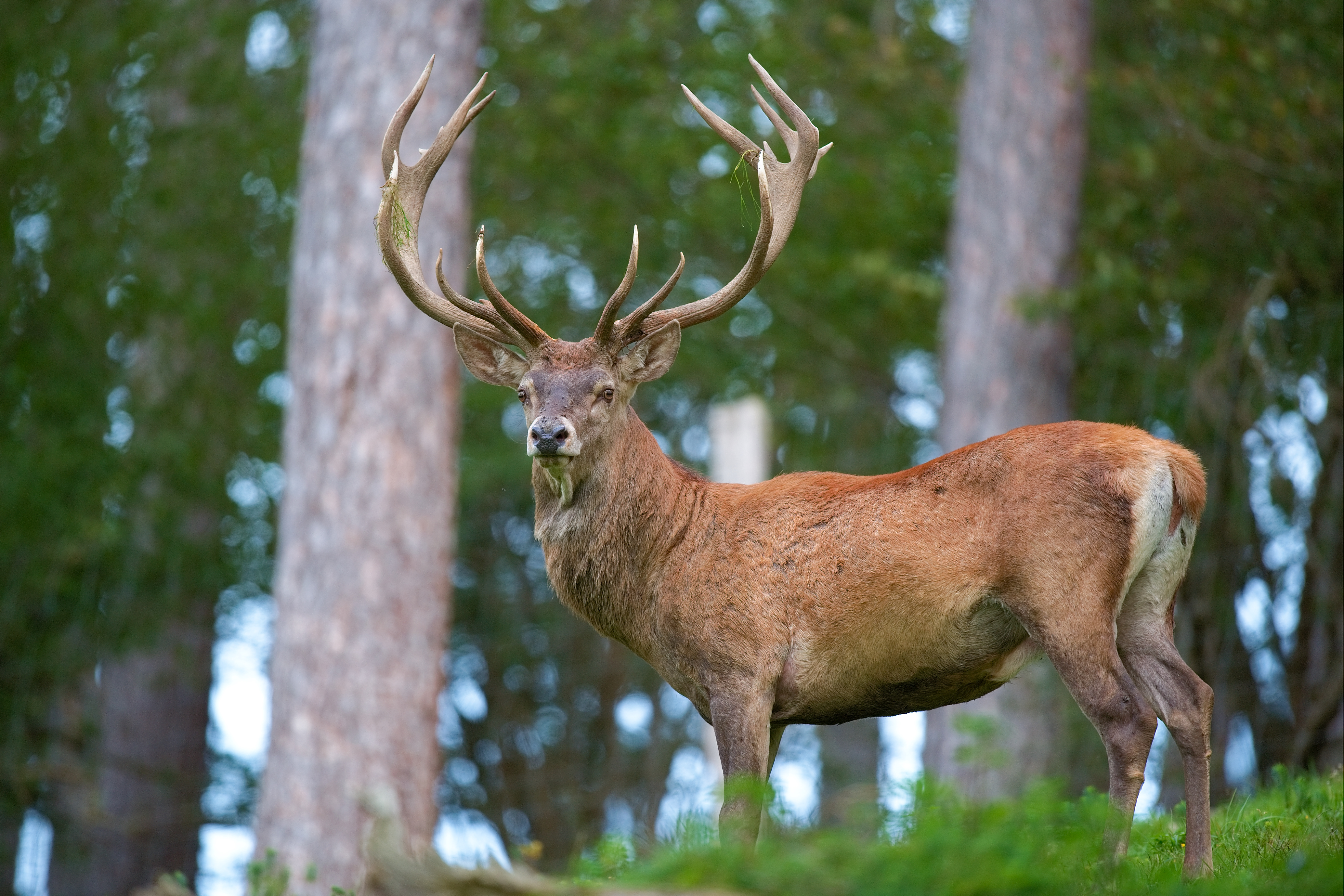
Red deer. Image credit: Creative Commons
Compared to forests in other regions of Europe and Asia, a large proportion of original habitat has persisted here. Despite this, a third of the Hyrcanian forests have been cleared since 1950, mostly for commercial timber, animal husbandry, and agriculture; tea and vegetables are amongst the major products harvested. Almost half of the Hyrcanian forests have operational forest management plans, and designated protected areas cover 2% of the area. Iran’s largest protected area in the ecoregion is Alborz-e-Markazi at 3,988 km2, whilst the 380 km2 Girkan National Park is the largest in Azerbaijaniv.
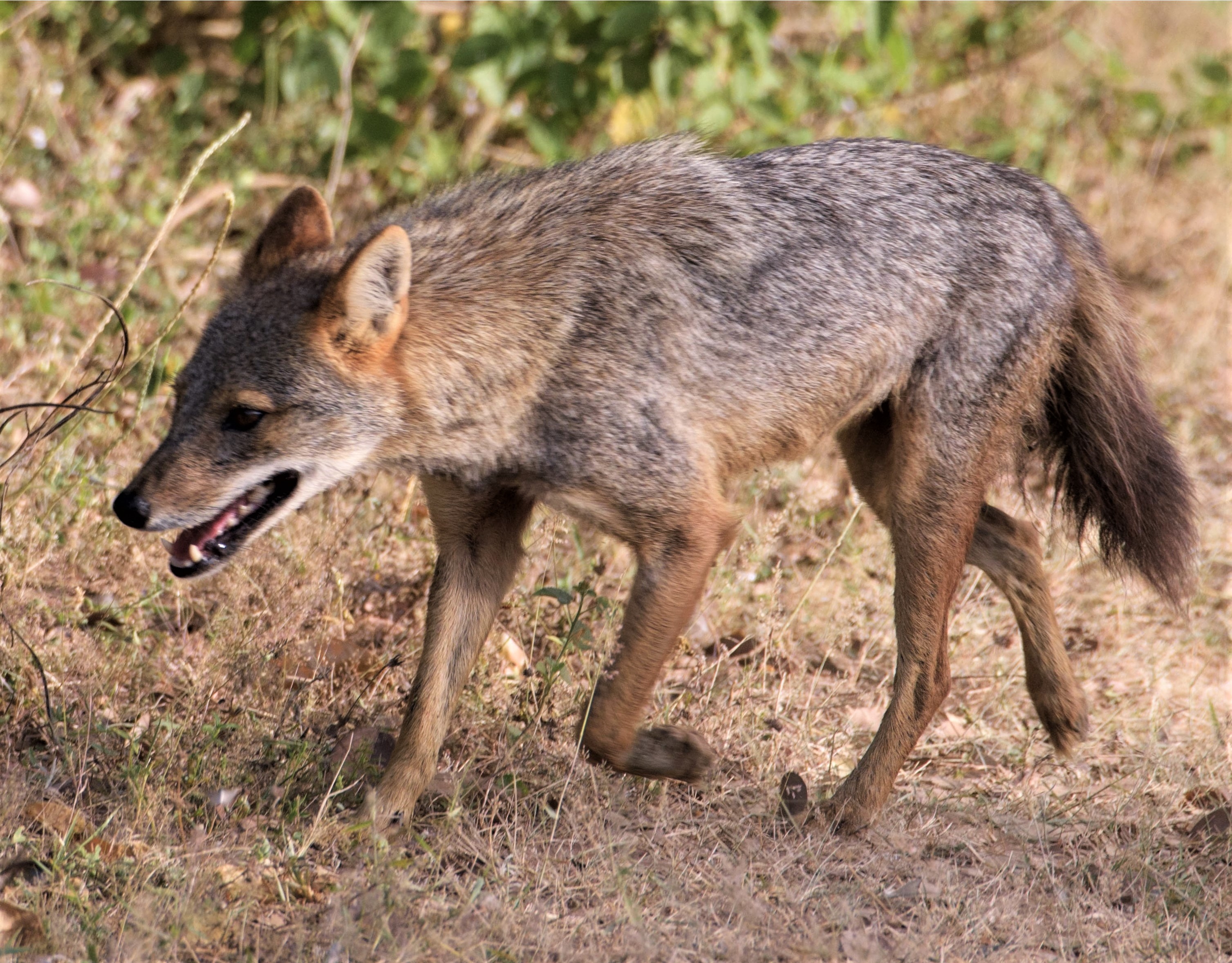
Golden jackal. Image credit: R.M.S. Ratnayake, Creative Commons
Unsustainable agriculture, felling, and urban development are key drivers of habitat degradation, with the greatest impact in southern lowland areas. Road construction for timber harvest has fragmented the forest, and created access to the centre of the forests for illegal hunters. Carnivores are threatened by retaliatory killing, whilst ungulates are killed for pleasure, meat, or revenge due to crop damage. Conservation efforts have focused on empowering local communities, and embracing positive eco-tourism. Rehabilitation of degraded forest, and a reduction of primary forest utilization are priorities.
The priority conservation actions for the next decade will be to: 1) institutionalize involvement of local communities with conservation efforts to ensure it is sustained; 2) resolve human-wildlife conflicts through education and financial support of farmers; and 3) strengthen national and local policy frameworks for multi-purpose forest management.
Citations
- Tohidifar, M., Moser, M., Zehzad, B. and Ghadirian, T., 2016. Biodiversity Of The Hyrcanian Forests
- Heshmati, G.A., 2007. Vegetation characteristics of four ecological zones of Iran. International Journal of plant production, 1(2), pp.215-224.
- WWF. 2018. Central Asia: Northern Iran into Southern Azerbaijan [Online]. [Accessed 5 April 2019]. Available from: https://www.worldwildlife.org/ecoregions/pa0407
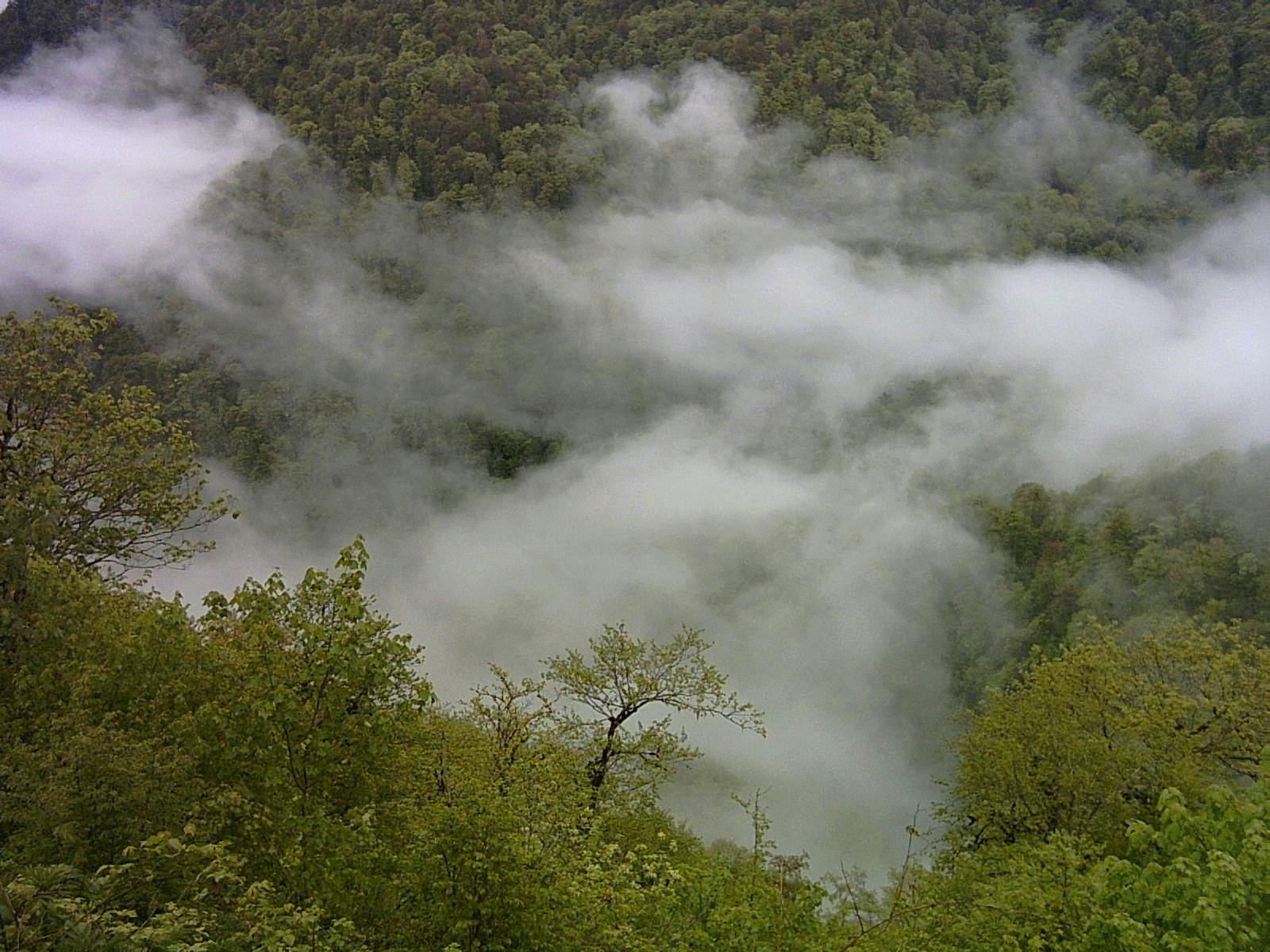
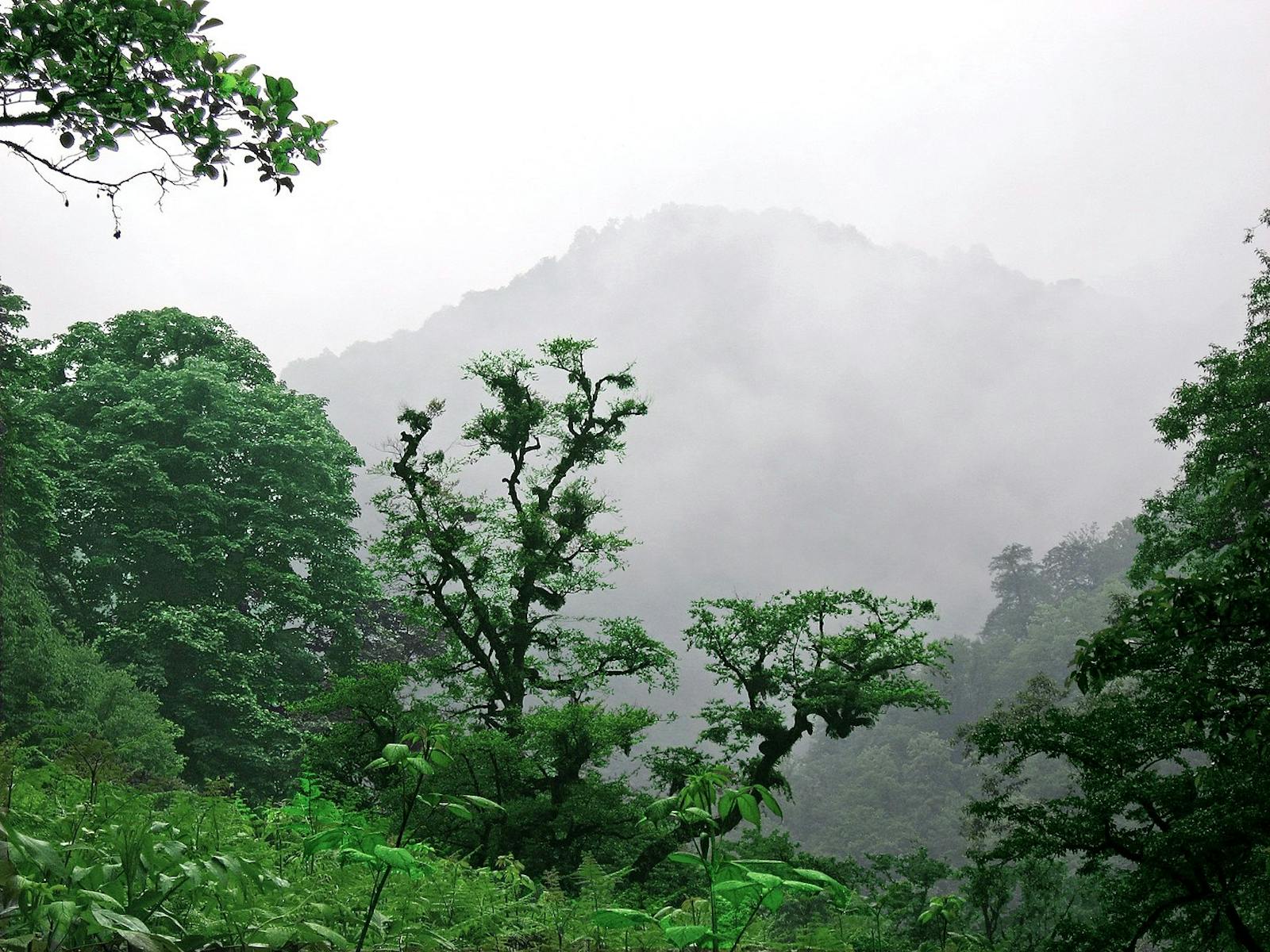
.png?auto=compress%2Cformat&w=300)

